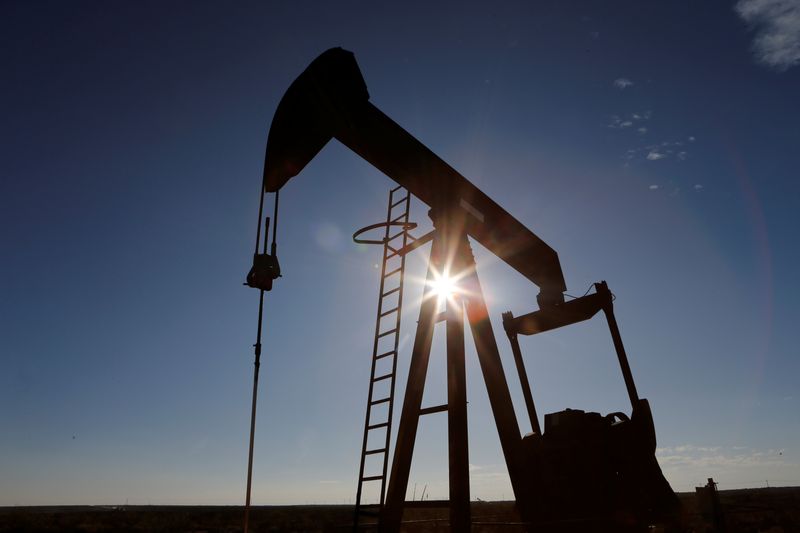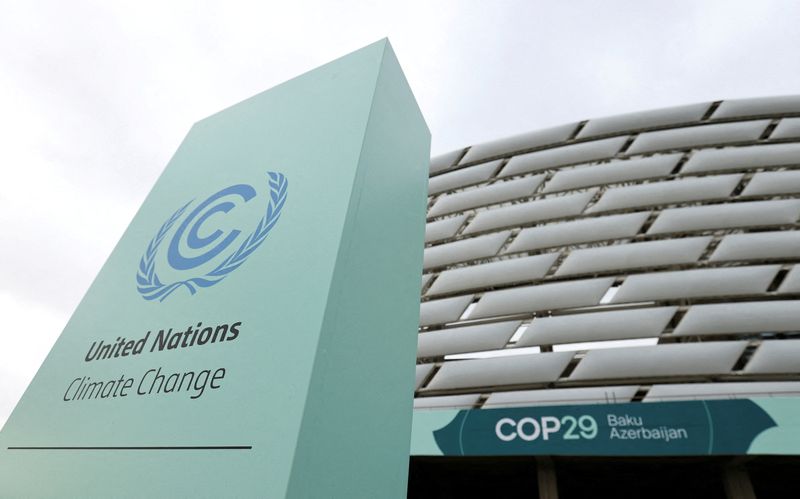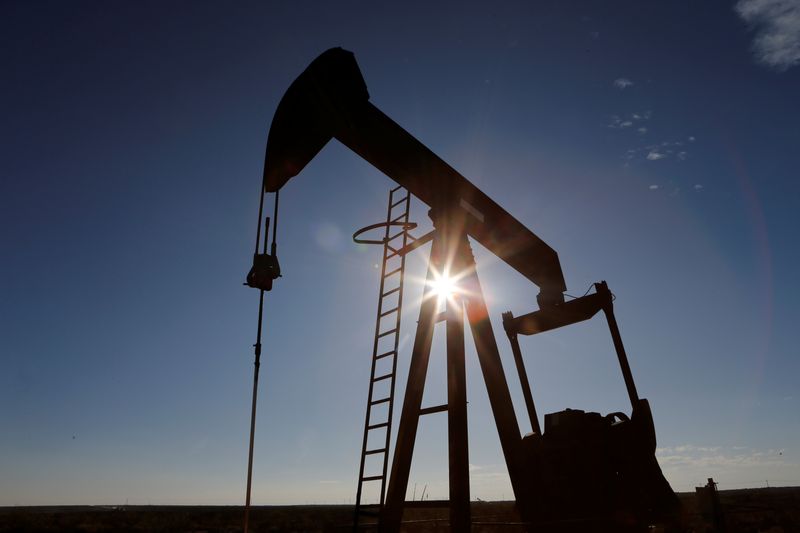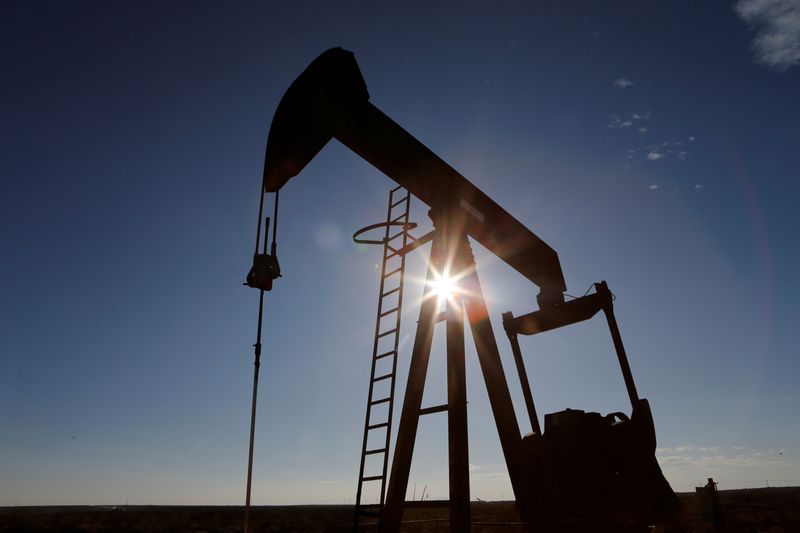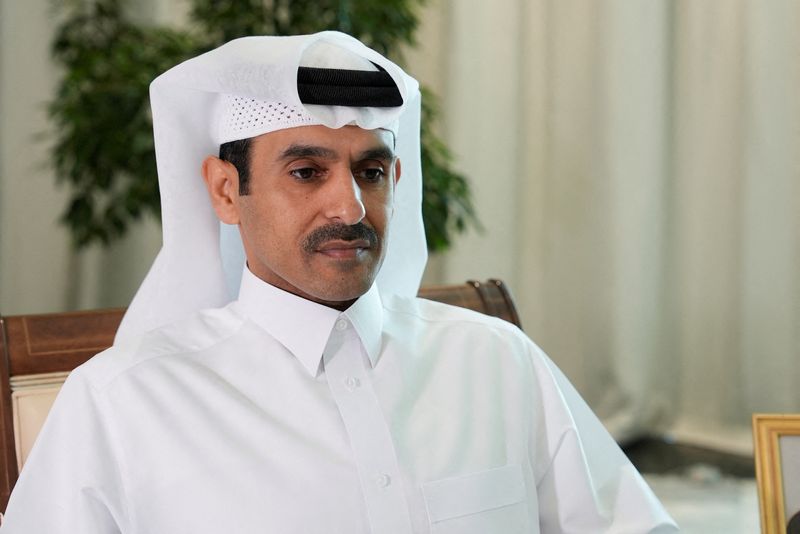
By Andrew Mills, Marwa Rashad, Emily Chow and Yuka Obayashi
(Reuters) – Qatar is finding it hard to agree new deals to supply liquefied natural gas (LNG) to Japan and South Korea as rising competition from the U.S. and elsewhere with more flexible contract terms challenges Doha’s decades-old dominance of the market.
Qatar was once the top LNG supplier to Japan and South Korea, but buyers are showing preference for supplies from the United States, the United Arab Emirates and Oman. These suppliers all offer shorter-term contracts and unlike Qatar do not restrict the cargoes’ final destination.
This gives buyers flexibility to sell cargoes elsewhere in the future if they no longer need the cargoes.
Negotiations between Japanese and South Korean buyers and Qatar have stalled over Qatar’s insistence on destination clauses, the sources said.
“The Qataris try to achieve a lot in how they sell their LNG, in terms of retaining control over the market, whereas (others such as) the UAE’s ADNOC and Oman are kind of happy to just get a good price,” a senior trading source said.
“ADNOC has taken advantage of the current situation, which is that people want diversification of supply,” the source added.
If state-owned QatarEnergy (QE) does not sign new agreements with Japan and South Korea – the world’s second and third largest LNG importers after China – Qatar’s role would be further diminished. It was knocked off the top spot as global LNG supplier by the United States in 2023.
Qatar’s major 4.92 million tons-per-year deal to supply Korea Gas Corp (KOGAS) expires this year. Another 2.1 mtpa supply deal expires in 2026, official data showed.
QatarEnergy said it does not comment on market speculation.
Japan’s LNG demand is falling due to nuclear reactor restarts, more renewable energy and a slowing economy. Imports fell to 66 million metric tons in 2023, from 83 tons in 2018, Japan customs data shows.
Qatar’s market share in Japan fell to 4% in 2023 from 12% in 2018. Meanwhile, the United States’ share in Japan rose to 8% from 3% during the same period.
Qatar’s share of South Korea’s market fell to 19% in 2023 from 32% in 2018, with Australia’s share rising to 24% from 19% and Malaysia’s growing to 13% from 8% in the same period, data from consultancy Energy Aspects showed.
TOUGH TALKS
QatarEnergy is working to sign deals to supply European and Asian buyers with fresh supplies of LNG expected to come onstream from its North Field expansion, which will boost its overall production by 85%.
Chief Executive Saad Al-Kaabi said that he sees a bright future for LNG for at least 50 years, especially in Asia.
Between 2022-2023, QatarEnergy agreed a series of 27-year deals to supply Chinese buyers with new gas from North Field.
Taiwan and Kuwait have also signed up for more LNG since Qatar announced the latest expansion. But little else has been sold. Analysts estimate around 48% of total Qatar LNG from North Field and its project in the United states has no contract.
Meanwhile, ADNOC and Oman have struck long-term deals with buyers from Japan, China and India.
Another sticking point for Japan is QatarEnergy’s insistence that buyers sign contracts for at least 1 million metric tons per annum (mtpa) for 10-15 years, one of the sources said.
Such terms are at odds with Japan’s uncertain long-term LNG outlook because of nuclear power station restarts and renewable energy production, making it challenging for Japanese buyers to commit to long-term LNG deals in case demand falls.
Qatar has shown some flexibility in the negotiations, offering smaller cargoes with flexible terms and a lower price which, for contracts starting in 2028, is around 13% of the price of a barrel of oil per million British thermal units (mmBtu), the same source said.
Japan’s JERA did not renew a 5.5 mtpa supply agreement with Qatar when it lapsed in 2021.
“For buyers, being restricted with a destination clause can be challenging, especially when demand decreases, forcing them to find domestic buyers for excess supplies,” a Japanese government official said.
“Compared to other gas-producing countries, this puts Qatar at a competitive disadvantage.”
Tokyo Gas, Japan’s largest city gas provider, could buy LNG from Qatar if the economics, contract flexibility and timing are right, said senior general manager for LNG Yumiko Yao. “Those factors will guide our future procurement decisions,” she said.
In South Korea, Qatar’s 4.92 mtpa supply deal with Korea Gas Corp (KOGAS) expires this year. Another 2.1 mtpa supply deal expires in 2026.
DIGGING IN HEELS
To provide stable revenues, Qatar prefers long-term contracts of up to 27 years – the current lifespan of the North Field expansion project and usually linked to the oil price.
U.S. sellers, ADNOC and Oman generally offer LNG volumes on a free-on-board (FOB) basis, which allows buyers to resell cargoes. Deals are usually linked to U.S. natural gas prices at the Henry Hub benchmark, which tend to be cheaper than contracts linked to oil.
Competition between Qatar and the U.S. intensified following Europe’s decision to end dependence on Russian pipeline gas following Moscow’s invasion of Ukraine. U.S. exporters filled most of the supply vacuum, surpassing Qatar to establish themselves as the world’s biggest LNG exporter in 2023.

In the absence of many credit-worthy buyers signing large and long-term contracts with Qatar’s conditions, one option for QatarEnergy could be to sell more supply in the spot market, said Anne-Sophie Corbeau, researcher at Columbia University’s Center on Global Energy Policy.
“Now, we have about 39% (of global supplies in) spot and short term, but Qatar could move that to 60% if they were to change. The question is: do they want to?”
This post is originally published on INVESTING.

